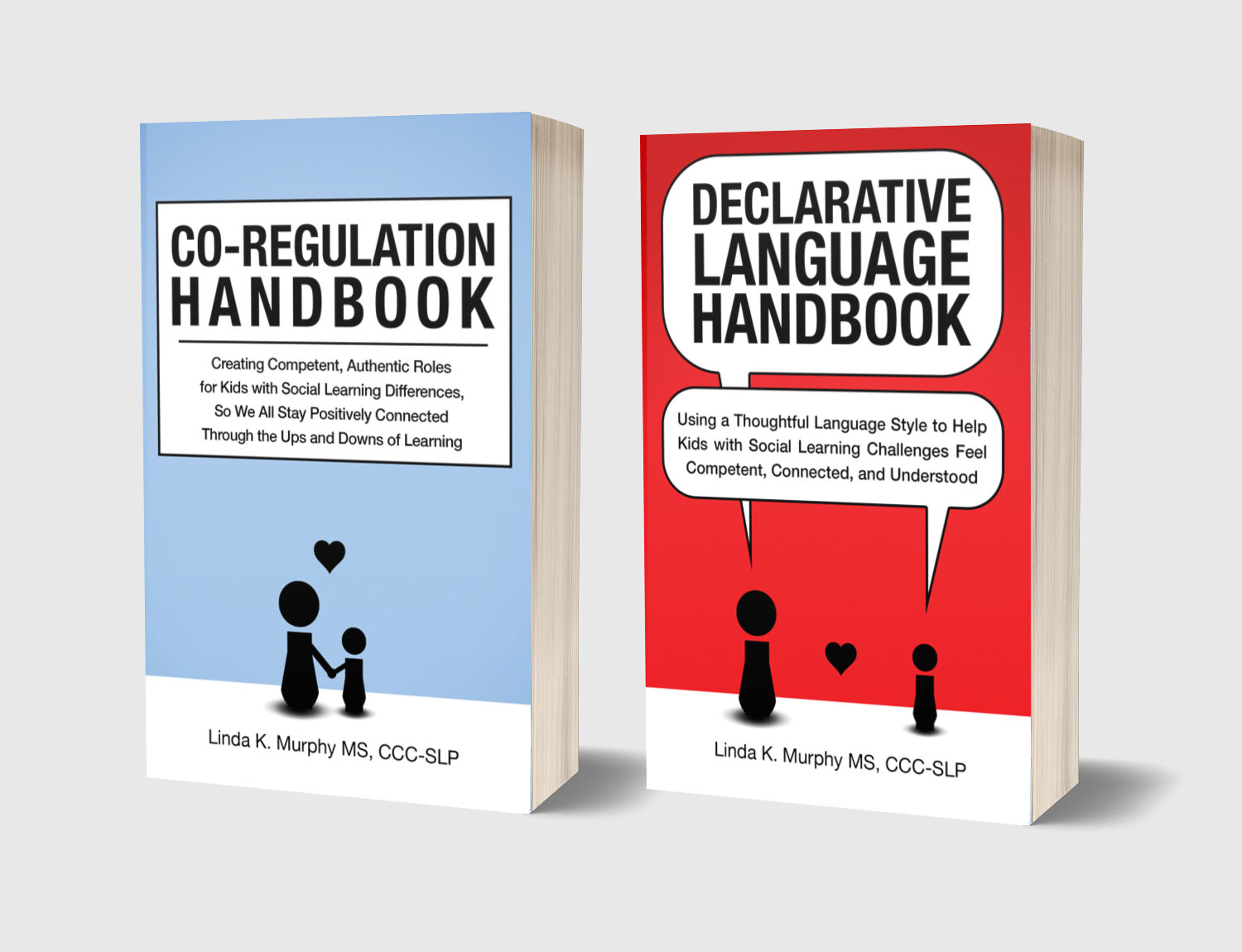Sharing Different Opinions
Sometimes it can be hard for kids to accept or sit with an opinion that is different than their own. Yet, in life, it is important to become comfortable doing so. This week during our Declarative Language Workshop, we discussed how to create positive experiences where you and your child can share opinions, and even disagree peacefully.
Here is one example that I discuss in Chapter 5 of 𝐷𝑒𝑐𝑙𝑎𝑟𝑎𝑡𝑖𝑣𝑒 𝐿𝑎𝑛𝑔𝑢𝑎𝑔𝑒 𝐻𝑎𝑛𝑑𝑏𝑜𝑜𝑘.
Notice something together with one of your senses – for example, compare/contrast reactions when you smell an essential oil, something cooking, a piece of fruit, hand soap, or even clothes that have just come out of the dryer. Use declarative language to comment upon your individual opinions in the moment. Observe out loud when they are similar and when they are different, or capture your reactions with playful language (e.g., “Ew!”, “Mmmm...nice!”, “Blek”, “Meh”). You could also create a simple Opinion Grid with paper and a pencil where you document each other’s reactions, to help form memories of the experience and each other. It can also be fun to communicate opinions in these moments with animated facial expressions or other nonverbal communication.
The goal of this type of opportunity is to simply create a safe space for your child to notice, become curious about, and even enjoy the opinions of others. You are mindfully helping your child practice sitting with the difference between you, and showing them that even though you may think differently about something, you can still stay connected emotionally.
Interested in learning more? Come join our next DL Workshop!
Have a great week!
If you like my Sunday Snippets of Support, you can receive them directly to your inbox here.


